Explain How Stop-and-wait and Sliding Window Flow Controls Are Different
Stop and Wait. The different ARQ techniques used are as follows.

What Is Stop And Wait Protocol
The stop and wait protocol is a.

. Data communications Explain the difference between stop-and-wait flow control and sliding window flow control. This process continues until the sender transmits an End of Transmission EOT frame. If window size is 7 and if prior ACK was for frame 2 the current ACK is for frame 5 the window expands by three 5-2.
See the answer See the answer See the answer done loading. Open Loop Congestion Control The simplest but most inefficient flow control mechanism is to limit data access to the network by providing explicit window flow control on each PVC with a transmission rate up to the CIR only. Flow control in computer networks is defined as the process of managing the rate of data transmission between two systemsnodes this mechanism ensures that the rate of data transmitted by the sender is within the receiving capacity of the receiver node.
The sender has to wait for an acknowledgment of every frame that it sends. Things to read about for Flow Control. In Stop and Wait protocol sender sends single frame and waits for acknowledgment from the receiver.
It controls the data packets between the two devices where reliable and gradual delivery of data frames is needed. What is Stop and Wait protocol. In the above diagram we can see that there are two protocols Stop Wait and a sliding window.
QoS Quality-of-Service retransmission policies windowing policies. Two factors determine the value of x. It is the simplest flow control method.
Until then the sender will stop and wait for. Stop and Wait Protocol. Only when an acknowledgment has been received is the next frame sent.
The sliding window of the sender. In this flow control mechanism both sender and receiver agree on the number of data-frames after which the acknowledgement should be sent. Briefly explain how stop-and-wait and sliding window flow controls are different.
This is because in a wireless environment data rates are very low and noise level is very. Sliding Window Protocol Sliding window algorithms are a method of flow control for network data transfers. Sliding Window protocol.
Stop and wait sliding window PAUSE frames. So it sender the next frame in. The comparison is performed.
Stop and Wait Protocol. In Stop-and-Wait flow control the receiver indicates its readiness to receive data for each frame. After sending the data he stops and waits until he receives the acknowledgment from the receiver.
Flow Control in Computer Networks is a set of procedures to restrict the amount of data that sender can send. In this the sender will send one frame at a time to the receiver. Data communications Explain the difference between stop-and-wait flow control and sliding window flow control.
Stop-and-wait protocol and Sliding window protocol are the methods evolved for handling the flow control of the network data transfers. In this technique each frame has sent from the sequence number. The sliding window is a technique for sending multiple frames at a time.
Stop and Wait protocol is less efficient. Sliding Window protocol is more efficient than Stop. These methods mainly differentiated by the techniques they follow such as stop-and-wait uses the concept of the acknowledging each data unit before sending another data unit.
Sliding Window flow control. It is also used in TCP Transmission Control Protocol. There are two ways to control the flow of data.
On receiving the acknowledgment frame the sender understands that the receiver is ready to accept the next frame. Stop and Wait for Flow control. In Sliding window protocol sender sends multiple frames at a time and retransmits the damamged frames.
This problem has been solved. Things to read about for Congestion Control. Data Link Layer uses a sliding window algorithm which allows a sender to have more than one unacknowledged packet in flight at a time which improves network throughput.
Beyond that you can search for any particular vendor implementations Cisco etc. The idea is similar to Stop-and-Wait ARQ. This mechanism makes the sender wait for an acknowledgment before sending the next data.
For example in a wireless environment if data rates are low and noise level is very high waiting for an acknowledgement for every packet that is transferred is not very feasible. Here stop and wait means whatever the data that sender wants to send he sends the data to the receiver. See the answer See the answer See the answer done loading.
The main difference between Stop-and-wait protocol and Sliding window protocol is that in Stop-and-Wait Protocol the sender sends one frame and wait for acknowledgment from the receiver whereas in sliding window protocol the sender sends. This method is required where reliable in-order delivery of packets or frames is very much needed like in data link layer. Both Stop and Wait protocol and Sliding Window protocol are the techniques to the solution of flow control handling.
Therefore the sliding window of sender shrinks from left when frames of data are sending. The difference is that the send window allows us to have as many frames in transition as there are slots in the send window. Sliding Window Flow Control.
Transmission Control Protocol TCP uses a sliding window for flow control. Conversely sliding window protocol allows the transition of the. Before you tune any TCPIP settings first understand how the TCP sliding window works.
The sender sends a frame and waits for acknowledgment. Stop and Wait Protocol is a flow control protocol where sender sends one data packet to the receiver and then stops and waits for its acknowledgement from the receiver. As compared to stop-and-wait flow control the sliding window flow control has a far better performance.
Once the receiver receives the frame it sends an acknowledgment frame back to the sender. This problem has been solved. The TCP sliding window determines the number of unacknowledged bytes x that one system can send to another.
Ray Hunt in Encyclopedia of Information Systems 2003. Sliding window flow control has far better performance than stop-and-wait flow control. Another option is to provide storage capacity for burst data of up to about 5 KB.
Sliding window protocols are- Stop and Wait ARQ Go back N Selective Repeat. Stop and Wait ARQ. This protocol involves the following transitions.
SR Protocol is superior to Go back N and Stop and Wait ARQ but because of its complexity it is less used. It is point to point protocol that assumes that none of the other entity tries to communicate until current data or frame transfer gets completed. Based on the usage the people select the error control mechanism whether it is stop and wait or sliding window.
Send Window Size We can now show why the size of the send window must be less than 2m.

What Is Flow Control In Networking

Flow Control Stop Wait And Stop Wait Arq Protocol Studytonight

Stop And Wait Protocol Youtube
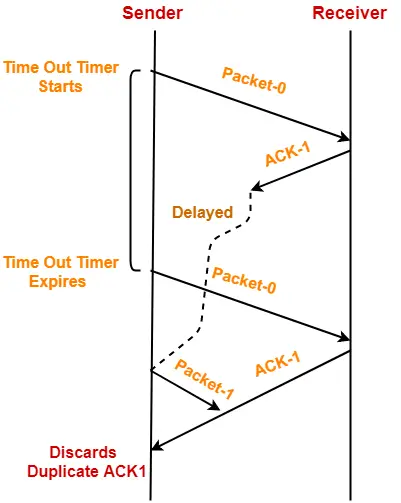
Stop And Wait Arq Sliding Window Protocols Gate Vidyalay

Sliding Window Protocol Youtube

Flow Control Stop Wait And Stop Wait Arq Protocol Studytonight
8 Abstract Sliding Windows An Introduction To Computer Networks Desktop Edition 2 0 6
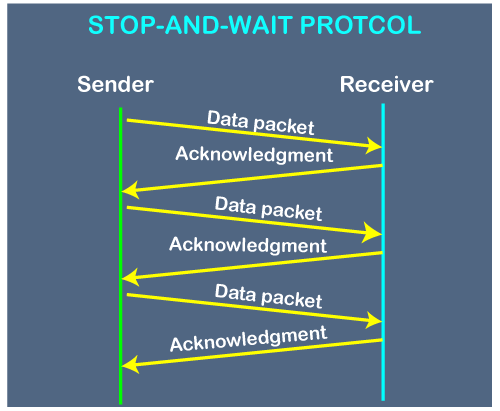
Stop And Wait Protocol Javatpoint

What Is Stop And Wait Protocol
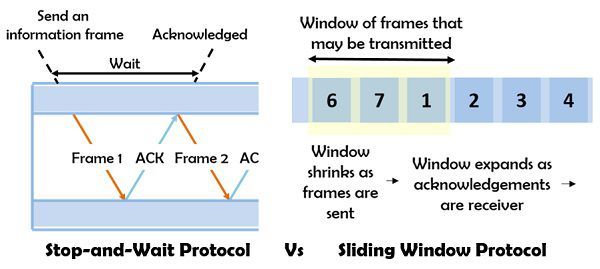
Difference Between Stop And Wait Protocol And Sliding Window Protocol With Comparison Chart Tech Differences
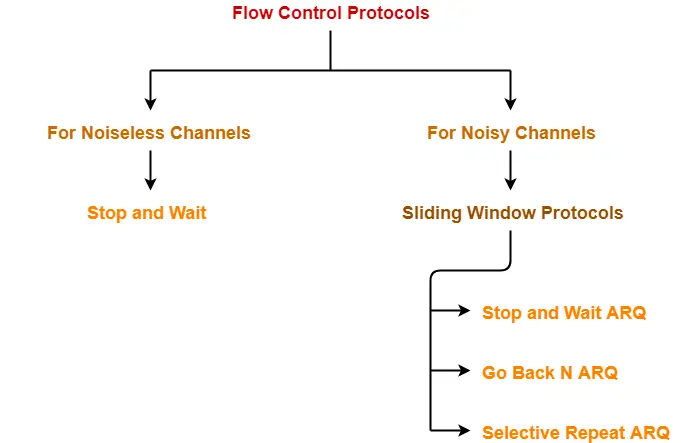
Stop And Wait Arq Go Back N Sr Protocol Gate Vidyalay

Window Flow Control An Overview Sciencedirect Topics

Flow Control Stop And Wait And Sliding Window In Hindi Computer Network Series Youtube
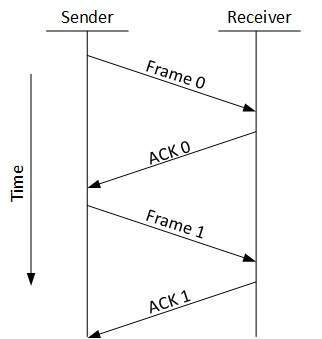
Networking Flow Control In Data Link Layer Vs Flow Control In Transport Layer Stack Overflow

Sliding Window Protocol Set 3 Selective Repeat Geeksforgeeks

What Is Stop And Wait Protocol

Flow Control Stop Wait And Stop Wait Arq Protocol Studytonight

Explain Sliding Window Flow Control And Stop And Wait Flow Control In
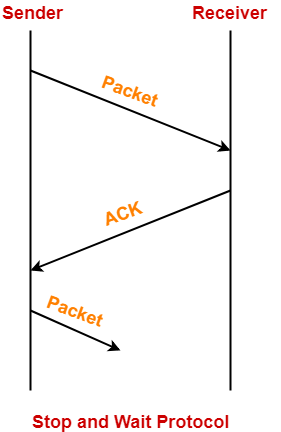
Comments
Post a Comment